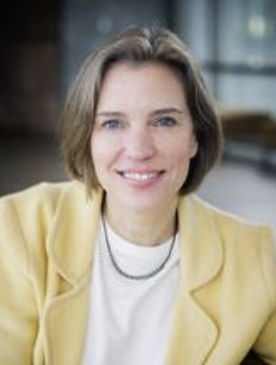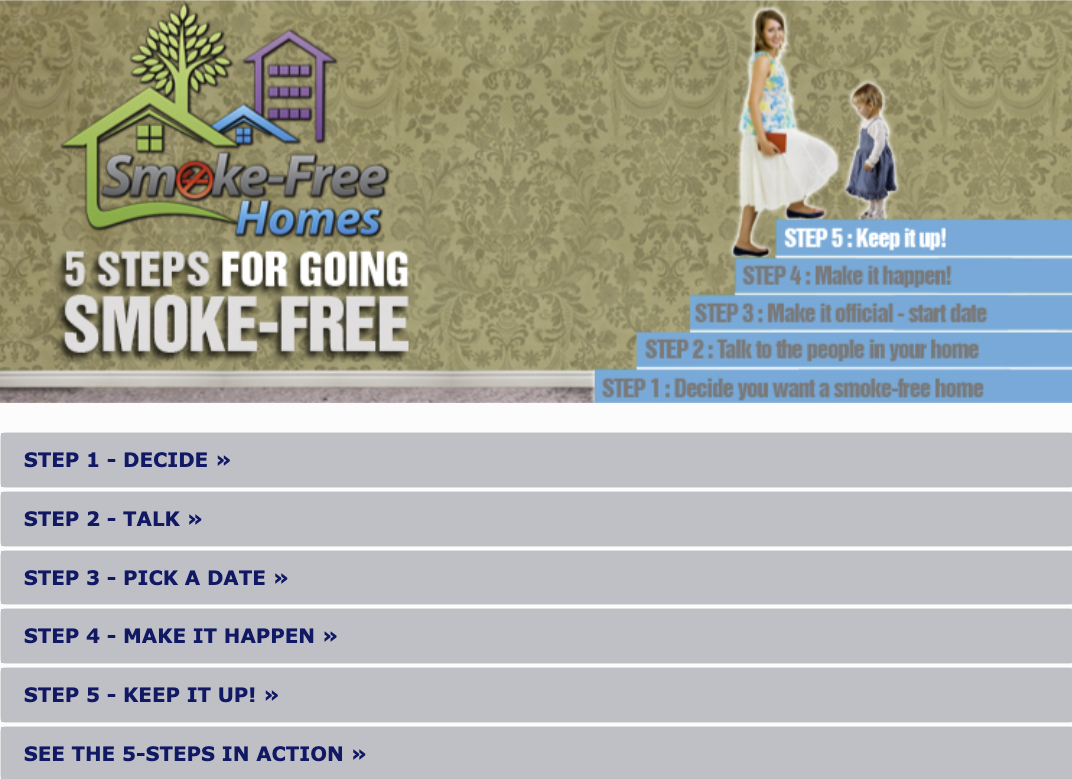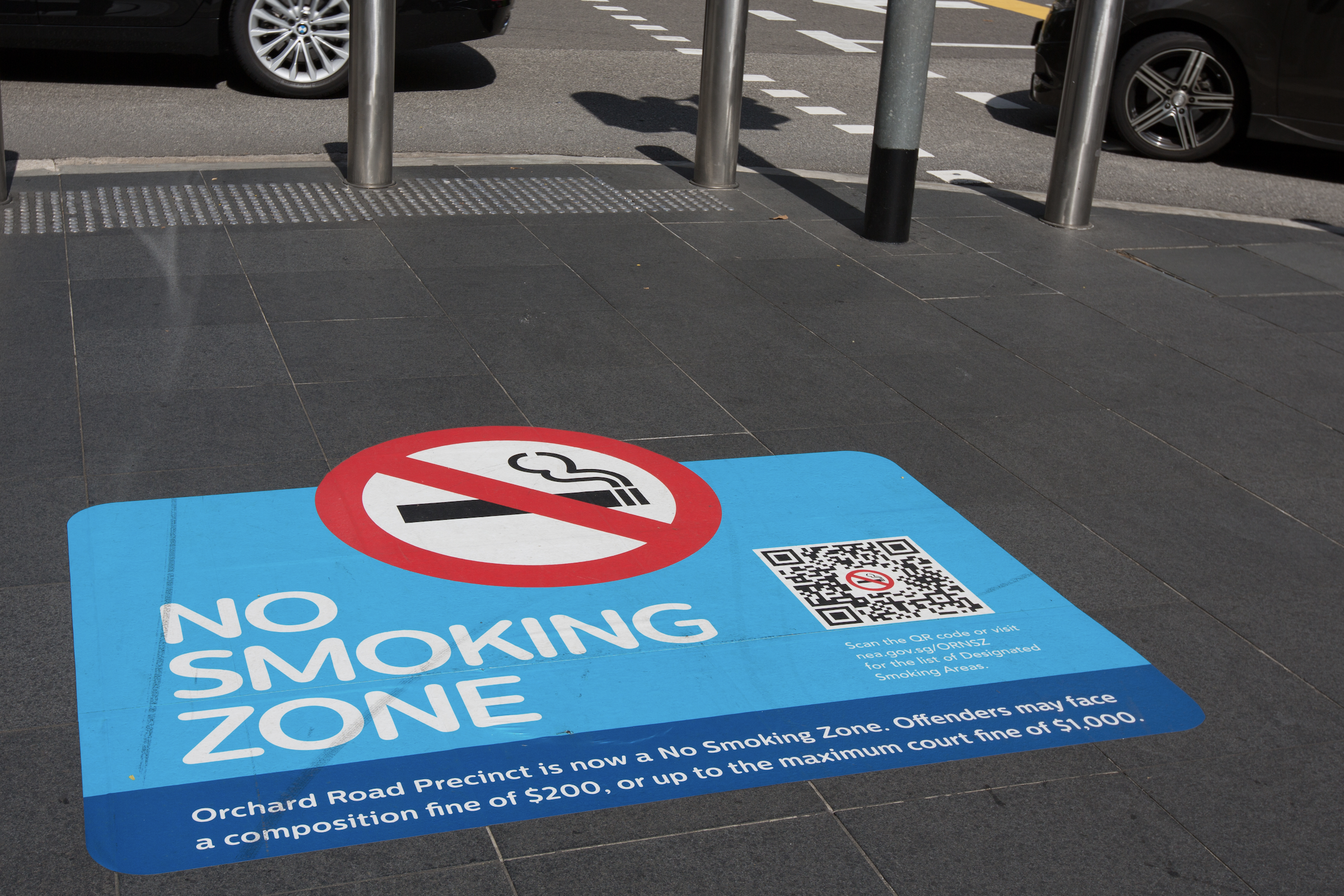Smoking-related cancer isn’t an easy health challenge to tackle, but as a public health specialist, Michelle Kegler believes the best way to help rural Georgians is not by merely treating but collaborating with them. “It fits with my values of doing research that matters beyond the ivory tower,” she says. “Not doing things to people but doing things with people.”

Michelle Kegler, who leads the education efforts
Research shows Georgia counties with the highest mortality rates from lung cancer tend to be rural, with higher poverty rates as well. That includes areas like Albany in southwest Georgia, where internist James Hotz has served the local population for four decades. “We’re not Buckhead,” he says. “We’re the fourth poorest congressional district in the country, and we’re plagued by many health equity challenges.”
Working with Albany Area Primary Health Care, where Hotz practices and which he helped found, and several other community health centers, Kegler is studying whether an evidence-based behavior change program, Smoke-Free Homes, that helps households create family rules to decrease exposure to secondhand smoke, can also help people quit.
Over a six-week period, participants receive three mailings of educational materials for creating a smokeless home and one coaching call to help with the steps outlined in the print materials.
To design the program, Kegler hired people from the local community to be an active part of the process of shaping the research program around smokers’ needs, as well as the need to protect children and nonsmokers from secondhand smoke.
“They might be the ones collecting the data,” says Kegler, who typically works closely with community partners. “Or they might be delivering the intervention. That appealed to me as a way to do research rather than just coming in, collecting data and leaving.”

Georgia Smoke Free Homes created a simple 5-step guide to planning and maintaining a smoke-free residence, including how to work with family members and visitors.
This approach gave researchers a window into people’s behavior that might not have been captured by a survey.
“We interviewed people about family dynamics — if they talked about a smoke free home or worried about their children being exposed to their secondhand smoke. And, we identified ways to make our intervention relevant for actual situations, like inclement weather that keeps people inside to smoke,” Kegler says.
The data collected helped Kegler understand the behaviors of smokers and how she could help them quit.
Community based research that creates more effective results
The sensitivity to community needs and attitudes helped the intervention work more effectively. Kegler notes that when working within communities, clinicians have a deeper understanding of the local context, and Hotz agrees.

James Hotz, an internist with Albany Area Primary Health Care
A randomized trial of the program showed 40% of families created a smoke-free home after three months, compared to 25% in a control group that didn’t use the program. The Prevention Center is now working with health centers in mostly rural areas studying whether the smoke-free homes intervention can also help smokers in the same household actually stop smoking.
“We think we've helped create an environment where it’ll be easier to quit because many environmental and social incentives will have been removed if people create smoke-free environments,” Kegler says. “We’re comparing that to the control group where we're immediately referring them to the tobacco quit line, where they can get help and advice. We’re testing whether uptake of cessation services is greater and then tracking if people can actually quit permanently due to their smoke-free home.”
Much of Kegler’s work was funded by the National Cancer Institute, an arm of the National Institutes of Health (NIH), from the initial studies 20 years ago to the current smoking cessation trial.
“This wouldn’t have happened without NIH,” she says. “I’m excited that the Prevention Research Center has the opportunity to keep working in rural Georgia.”
Hotz is grateful for the Prevention Center’s focus on involving the community in their research.
“Rather than being a top-down research institute saying, ‘We would like to try something on your patients,’ we say, ‘What are your biggest issues and how can we help?’” says Hotz. “It’s very unusual to have such talented team of researchers show such concern for the people who live in southwest Georgia. Residents are willing to accept us as a holistic partner to actually create the research program to address their needs.”

